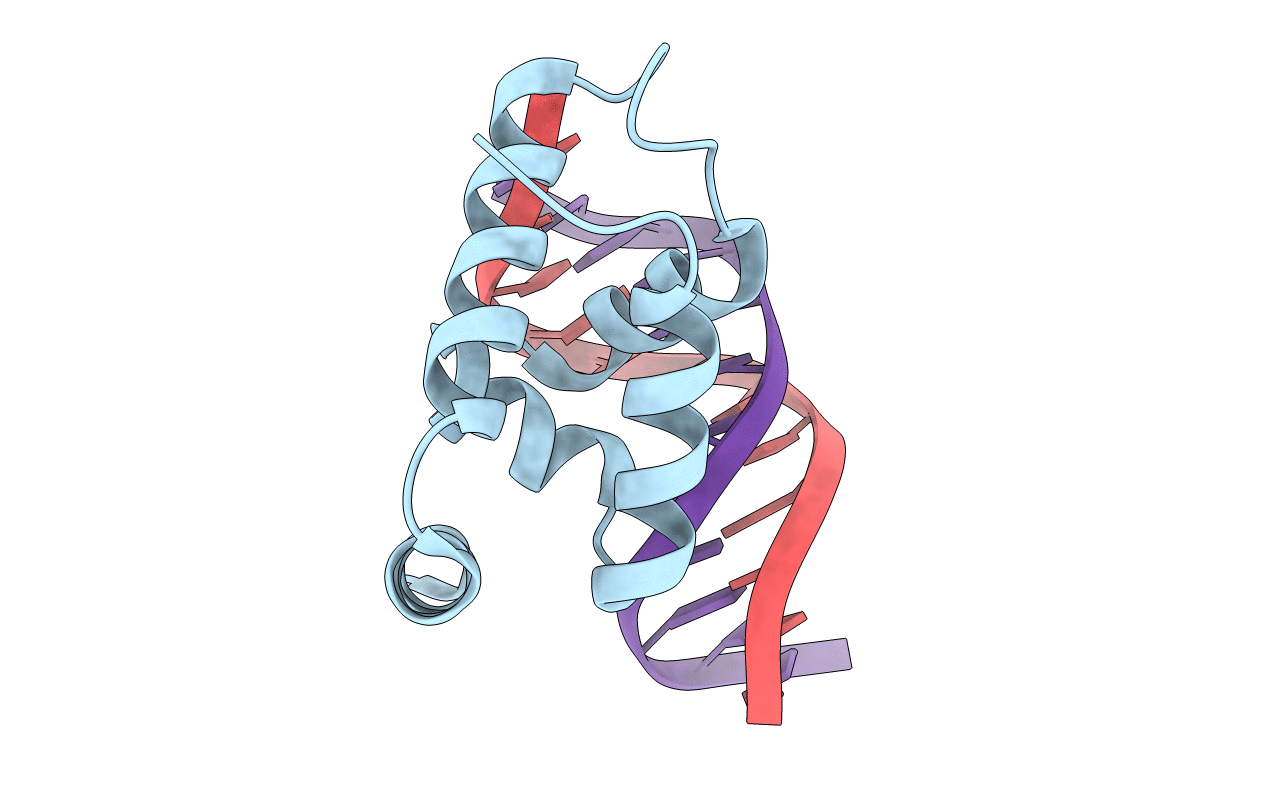
Deposition Date
2006-12-04
Release Date
2007-08-14
Last Version Date
2023-10-25
Entry Detail
PDB ID:
2O4A
Keywords:
Title:
Crystal Structure of the N-terminal CUT Domain of SATB1 Bound to Matrix Attachment Region DNA
Biological Source:
Source Organism:
Homo sapiens (Taxon ID: 9606)
Host Organism:
Method Details:
Experimental Method:
Resolution:
1.75 Å
R-Value Free:
0.28
R-Value Work:
0.24
R-Value Observed:
0.24
Space Group:
P 1


